Summer celebrations have a millennia-old history, though recently some celebrations have emerged attracting large masses and slowly becoming traditions. While the ancient druids may have commemorated the fertility of the season, many of us are just happy to get outdoors. Have a look at some fun facts about everyone's favorite season.

The Duanwu Festival
Falling on the fifth day of the fifth lunar month every year, this three-day holiday began this year on June 2. With origins dating back to more than a thousand years ago, the Duanwu Festival was established in remembrance of the famous Chinese official and poet Qu Yuan.
Today, the most notable part of the festival is dragon boat racing. Commemorating the failed search for Yuan's body, who died from drowning, boat racing is thought to scatter underwater animals in the river.

Midsummer
The summer solstice is the longest day of the year, when the earth's axis brings it closest to the sun. In most northern parts of the northern hemisphere, the sun doesn't set at all that day (June 21st). In Sweden, where Midsummer is one of the biggest celebrations of the year, singing and dancing are central to the fun.
In Norway, they take the party atmosphere one step further: every year they build the world's largest keg bonfire. Yes, you read that correctly — they build a massive stack of wooden beer kegs and light it up.
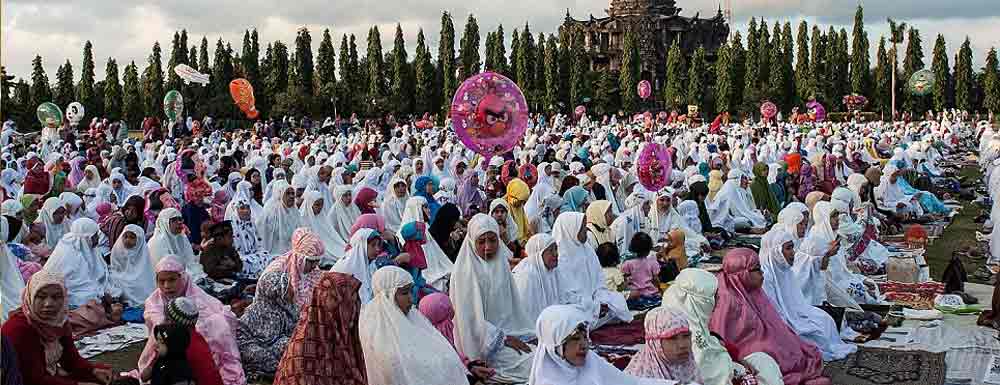
Ramadan
During this holy time, the ninth month of the Islamic calendar year, Muslims do not eat, drink, or smoke from sunrise to sunset for an entire month. Instead, they spend their days in worship, praying in mosques. At the end of Ramadan, people celebrate with a festival known as Id-ul-Fitr.
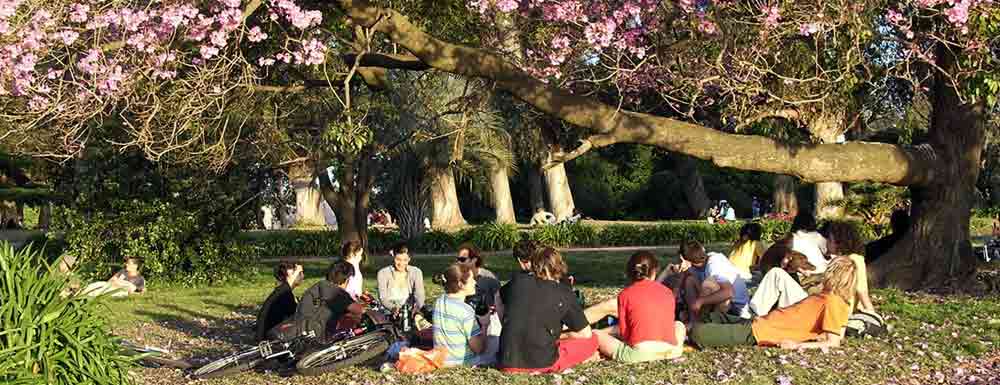
International Friendship Day
You know what makes all these holidays great? Friends. The idea of a day celebrating friendship was first instituted in Paraguay in 1958, and quickly spread to many other South American countries. In 2011, the UN officially announced that July 30 is henceforth a global celebration of one of life's greatest pleasures: having pals. It's customary to exchange friendship bracelets and other gifts on this day, and to tell your friends how much they mean to you until they die from blushing.

O-Bon
Japanese people keep the memory of their ancestors alive with a festival held during the summer called O-Bon (July 13-15 in 2014). People put lit candles in lanterns and float them on rivers and seas.
They also visit and clean the graves of those who have died. In the ancient city of Kyoto, people light giant bonfires. Depending on the region, the Bon Festival may be held one month later, during August 13th-15th.
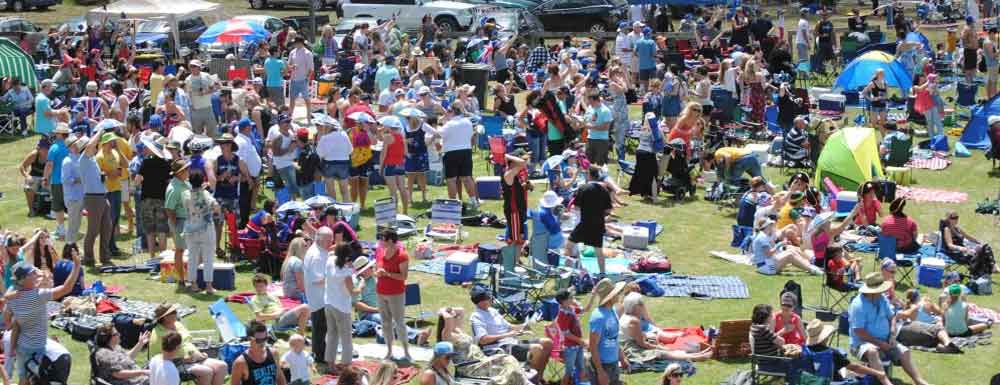
Picnic Day
Potato sack races, tug-o-war and bull rides all constitute portions of the national August holiday, known as Picnic Day, which is celebrated in the Northern Territory of Australia on August 5th. It was originally introduced to commemorate the emancipation of Chinese railway workers, who had to endure insane working conditions.
When they were released and given enough money to return to China, many of the railway workers opted instead to settle in Australia. To commemorate their hard-earned freedom, they held the first celebratory Picnic Day on the banks of the Adelaide River.
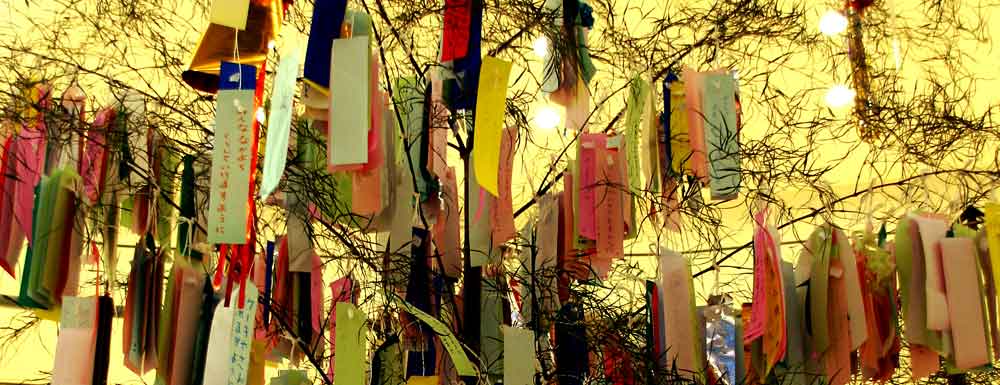
Tanabata/Qixi Festival
The Chinese Qixi Festival and the Japanese Tanabata holiday are both based around the same myth. As the legend goes, the stars Altair and Vega, which make up two vertices of the Summer Triangle constellation, are deeply in love. But they can only meet on the 7th day of the 7th lunar month (Aug 6-10 in 2014).
To celebrate the union of this stellar couple, the Chinese make offerings and stand near grapevines to listen in on the lovers' conversation. In Japan, it is customary to write down wishes and float them down a river or tie them to a bamboo tree. Will Altair finally propose to Vega...?

Krishna Janmashtami
Celebrated annually in the Indian subcontinent to commemorate the birth of the god Krishnu, who was carried over a river as a baby to escape execution. On August 17 this year, a large pot of buttermilk will be hung on a wire dozens of feet high. The festivities begin when the revelers work together to build a human pyramid to reach it. Whoever gets to the top first breaks the pot, spilling good luck in the form of buttermilk on everyone below.
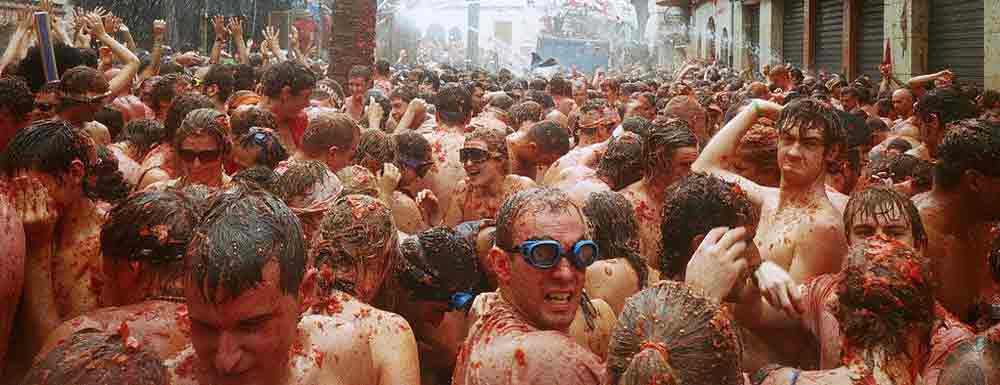
La Tomatina
The Valencian town of Buñol plays host to La Tomatina festival on the last Wednesday of August each year.
The festival begins with 'palo jabón', a greasy pole at the top of which balances a ham, and then progresses into an hour-long tomato-throwing frenzy, throughout which participants are advised to wear goggles and gloves, as enthusiasm can grow fervent. The cobbled streets of Buñol are left immaculate after being hosed down, as the acidic tomato juice is an excellent cleaning fluid.
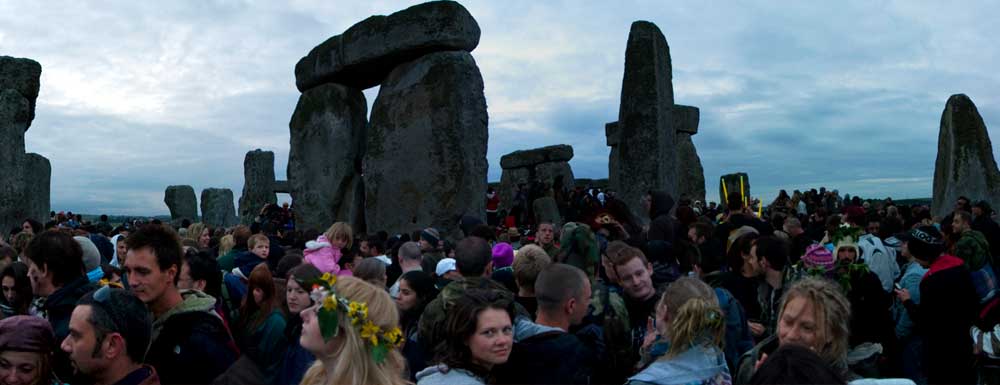
Stonehenge Summer Solstice
The Celtic high priests known as the Druids likely led ritual celebrations during midsummer, but—contrary to popular belief—it is unlikely that these took place at Stonehenge, England's most famous megalithic stone circle. Still, people who identify as modern Druids continue to gather at the monument for the summer solstice, winter solstice, spring equinox and autumn equinox.

Sources: sparknotes.com, cnn.com, australiasoutback.com, chinatravel.com, jnto.go.jp, latomatina.org, Wikipedia, hindufestivals.com
Infograghics: bridge2MORE / Images: communities.washingtontimes.com, "The Raid is about to begin"/Manuela Tiefenbach/Scandinavian Centre/flickr, "Holy Month of Ramadan"/Vishal Dutta/flickr, dumage.com, itinerarioprado-huellasdelabellepoque.blogspot.com.ar, balnarringraces.com, "Tanabata"/OilMax/flickr, "Dahi Handi"/Ramnath Bhat/flickr, madhavandileep.wordpress.com, grahammclellan/flickr, "Stonehenge Summer Solstice"/vintagedept/flickr
More Global & Local articles /
Do you wish to write for Colors?












